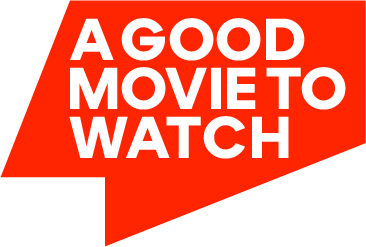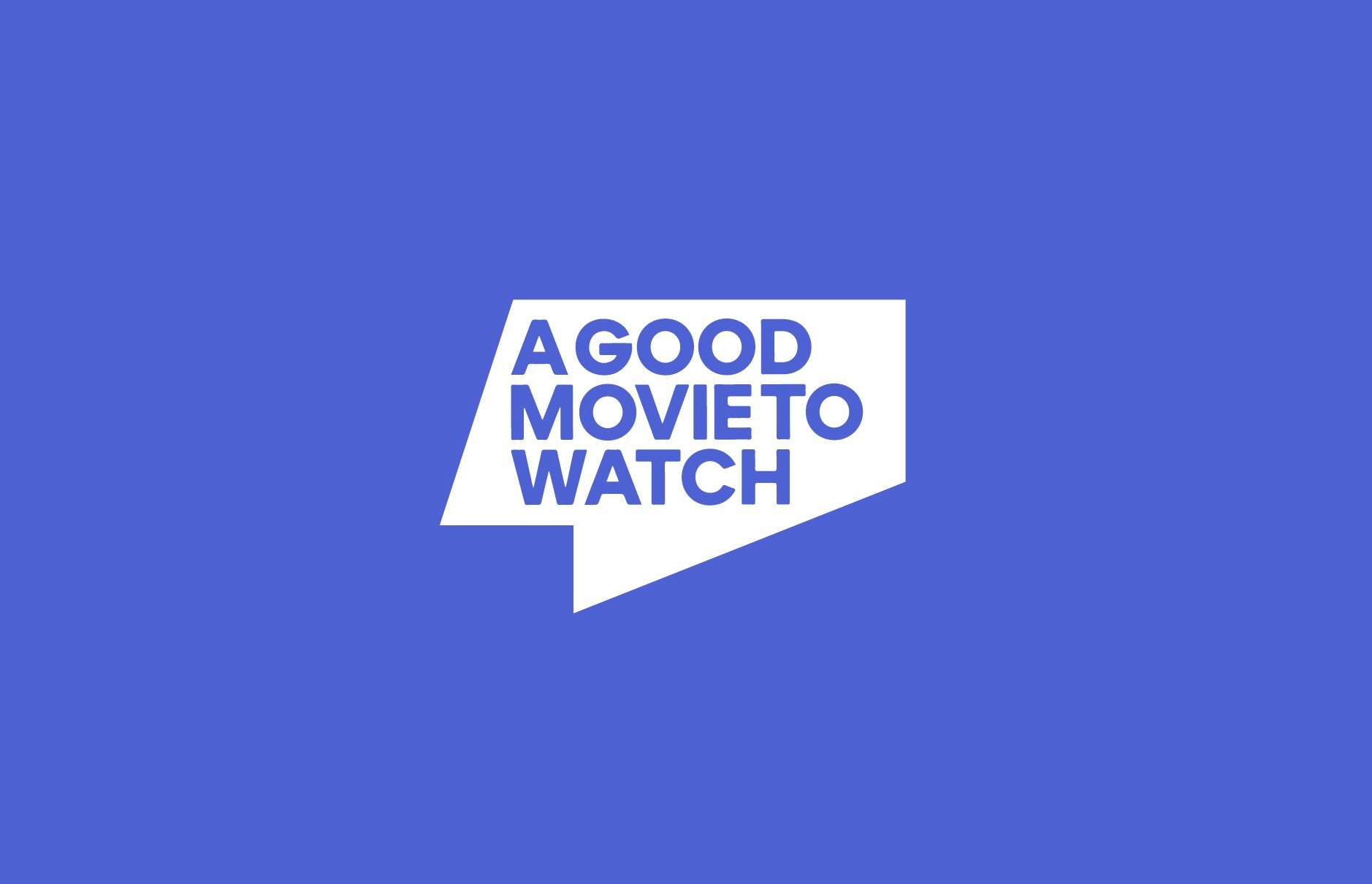The film that catapulted Kevin Costner to fame, No Way Out, is based on a novel by Kenneth Fearing, "The Big Clock", and is also preceded by a film adaptation of it, around 40 years prior. Director Roger Donaldson found himself in charge of a film, haunted by the Cold War and spy thriller tropes, but already aligning itself with the late 80s erotic thriller. In a way, No Way Back is a symbol of this transitional period, but by retaining the classic noir vibe (deception, fleeing, yearning), it becomes a tribute to the past. In the film's own past, a love triangle is taking shape in a rather unconventional way: layered with all three of the aforementioned dispositions. Two men want the same women, but their relationship is further complicated by professional hierarchies and the quest to own the past they both shared with Susan.




